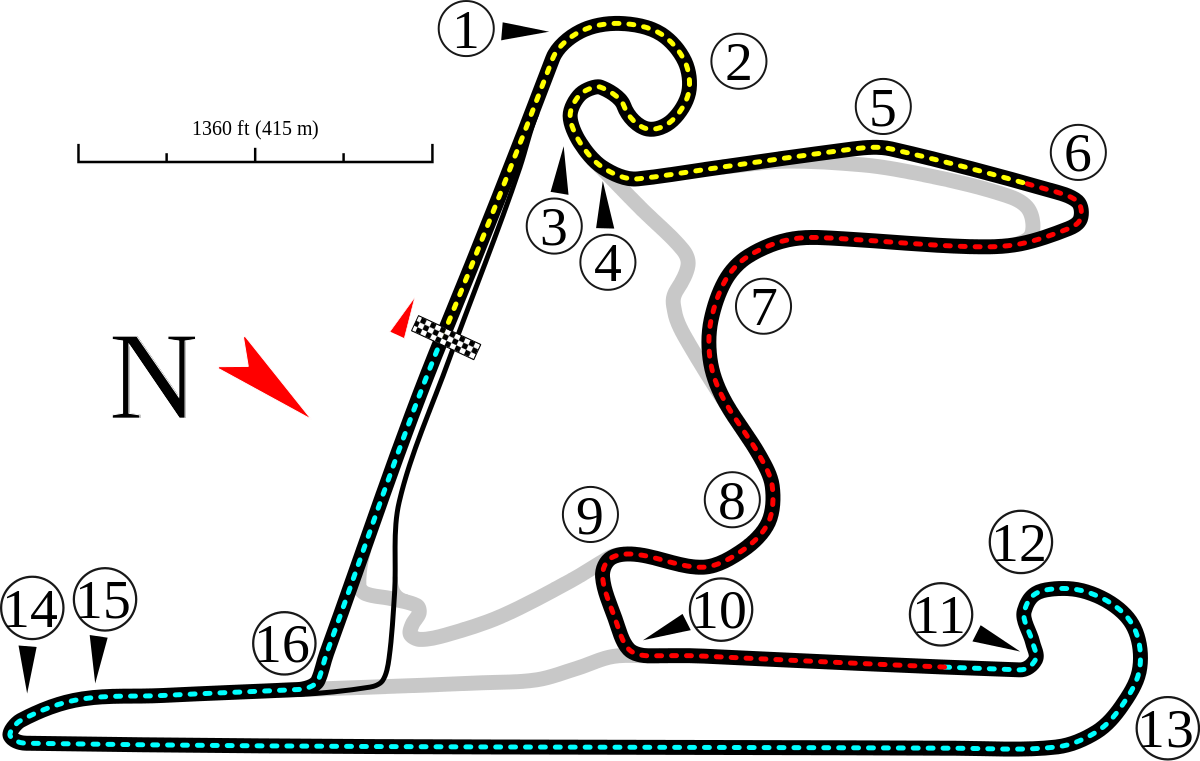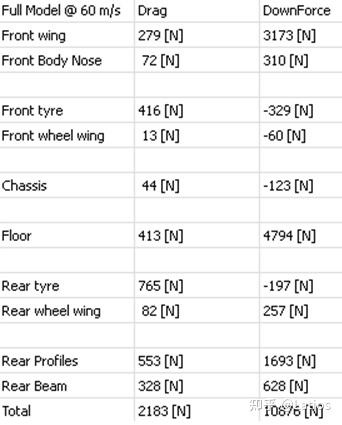Show me indycar making a 230+ turn without the need for banking.....FW17 wrote: ↑09 Apr 2024, 13:23I am kind of surprised by accersions in that article that the low drag does not work:
1. At high speed, car cannot turn - I am not sure what F1 low drag in 2026 would be, but F1 car (will not be lower drag and downforce than a superspeedway Indycar) cannot make a turn, Indy car would be laughing. They go into Turn 1 and 3 at Indy at 230+, speeds F1 will not be any where near
2. Car unstable on straights when accelerating that they become slower than F2 : Again this seems to be an exaggeration. 2026 was supposed to be an active aero car, not a DRS with 2 or 3 flaps. My understanding was that the wing will constantly be changing in AOA as per teams input program
It's not under acceleration, its under full power. The problem isn't coming out of corners its when going full speed and the rear wing changes its AOA. I highly doubt it's an exaggeration when the reduction of downforce on the rear is something like 3x more than the current DRS. The balance change would be huge. In fact I'm surprised this wasn't obvious to these people that this would happen.
I should imagine what they are referring to is when the driver makes a move similar to an overtake, or perhaps tries to take a corner like turn 2 at monza or 18,19 and 20 at azerbaijan or the majority of jeddah. There is so much aero balance forward the rear either steps out in these situations, or they go much slower but that makes them slower than F2.




